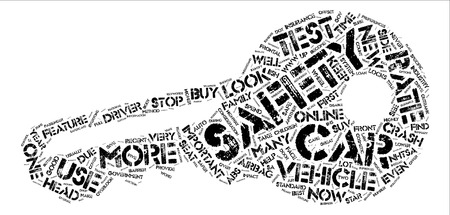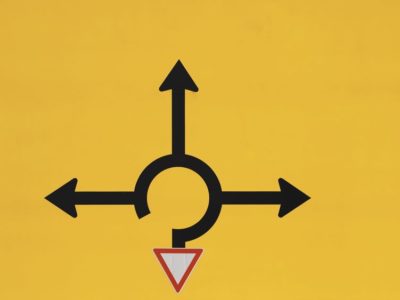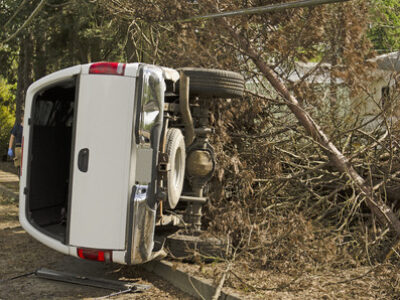

IIHS Adds Safety Criteria for Recommended Used Vehicles for Teens
On April 12, 2017, the Insurance Institute for Highway Safety (IIHS) announced that they would be “applying more stringent criteria” to its list of recommended used vehicles for teens. The new vehicle safety standards list includes small overlap front crash protection and better side and head restraint ratings requirements. This was made possible because recent safety improvements have become more available in lower-cost used cars, SUVs, minivans and pickups. The new recommended used car list includes 49 “best choices,” starting under $20,000 and 82 “good choices,” starting under $10,000 (prices are based on Kelley Blue Book with private-party purchases in the Arlington, VA area).
Teen driving safety
Teenagers are in a unique position in that they have the highest risk for car accidents of all drivers but they often drive old, inexpensive vehicles that lack modern safety standards. The list of safe used vehicles produced by the IIHS since 2014 is meant to help parents make the safest choice among affordable vehicle options for their teens.
The original and improved car recommendations list includes the following safety principles:
- Choose a vehicle with the base engine. High horsepower vehicles are too tempting for teenage drivers and increase their risk of getting into a serious car accident.
- Choose the biggest, heaviest vehicle you can as they are safer than small cars. Small SUVs are okay because they weigh about the same as a midsize car.
- The vehicle should have electronic stability control. This feature cuts single-vehicle fatal crash risk almost in half because it helps drivers to maintain control on curves and slippery roads; it has been required on new vehicles since the 2012 model year.
- Choose a vehicle with the highest crash test ratings you can afford.
In addition to the basic principles outlined above, the new list only includes models in their “good choices” section that earned good ratings in the IIHS testing of moderate overlap front, side and head restraint. To make it to the “best choices” section, vehicles must also have a good rating for roof strength to protect in rollover crashes and a good or acceptable rating in the small overlap test.
All the vehicles on the list were checked against the National Highway Traffic Safety Administration (NHTSA) vehicle ratings; those listed there must have earned four or five stars overall or four or five stars in the front and side tests under NHTSA’s old rating system, which in place through the 2010 model year.
Check for recalls before purchasing a used vehicle for your teenager
Once you have selected the safest vehicle you can afford, check to make sure that there are not any outstanding recalls on the year and model. You can enter the Vehicle Identification Number (VIN) at nhtsa.gov/recalls. It’s also a good idea to notify the manufacturer once you purchase the vehicle, so the company can make sure you receive future recall notices.
One way to ensure that your future teenage driver will have a safe vehicle to drive is to purchase a vehicle for yourself that is an IIHS Top Safety Pick or Top Safety Pick+ with at least four or five stars from NHTSA. When the time comes you can pass the vehicle onto your child.
If you or a loved one is dealing with an accident or injury, you have enough on your plate. Let an experienced accident attorney fight for the full compensation that you deserve. It is not uncommon to receive a settlement from the insurance company that is five to ten times bigger with the help of a lawyer. Call the caring accident attorneys at Tario & Associates, P.S. in Bellingham, WA today for a FREE consultation! We have been representing residents of Whatcom County, Skagit County, Island County and Snohomish County since 1979. You will pay nothing up front and no attorney fees at all unless we recover damages for you!




